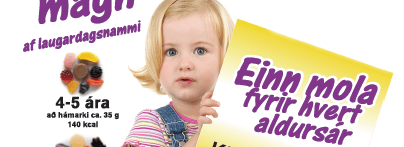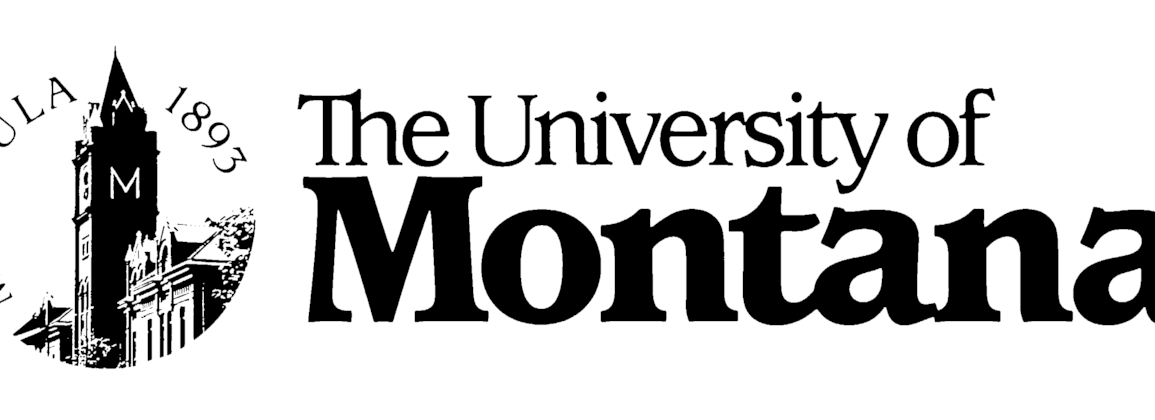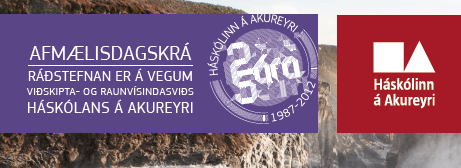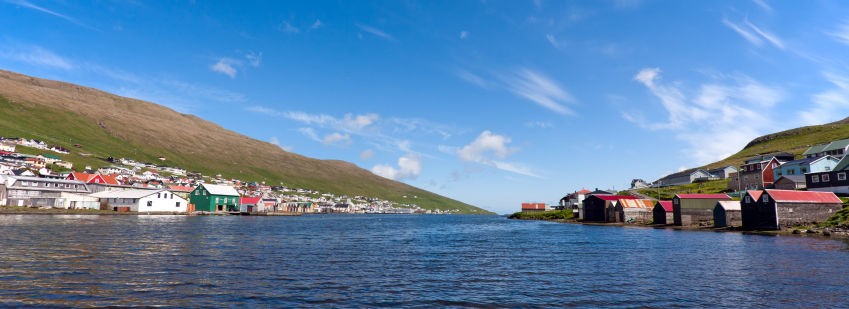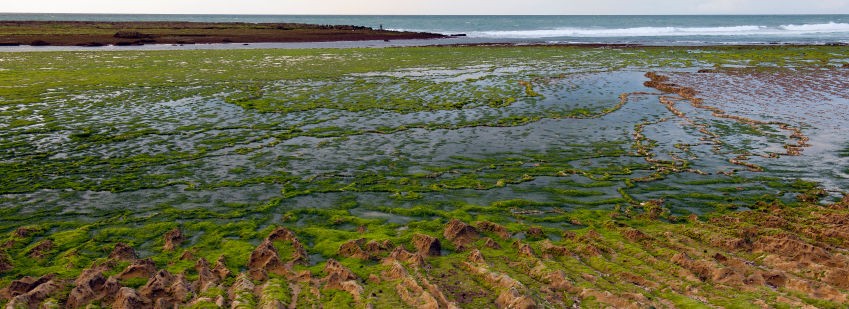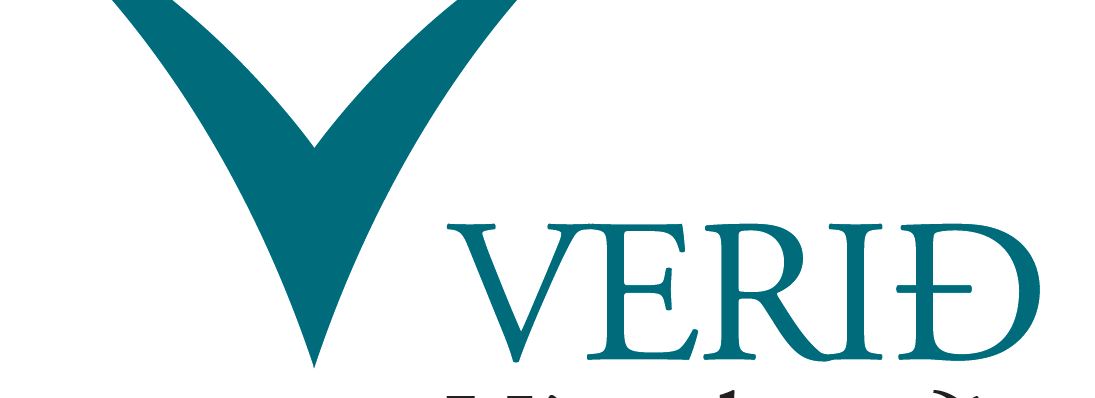Krónan and Matís are collaborating to help Icelanders reduce their excessive consumption of sweets at so-called candy bars.
The companies have jointly had a poster made that has been erected in several Króna stores. The poster contains information on the moderate amount of Saturday sweets and the amount is based on average values for the daily energy needs of several age groups. The average values from the chemical analyzes can be found in the Icelandic database on the chemical content of food (ÍSGEM).
As most people know, Icelanders eat too much added sugar. This is not least due to the high consumption of sweets from so-called candy bars in stores, which are mostly picked up on Saturdays. Although it is not necessary to consume sweets, it is possible to make a sweet day "fit" into a healthy lifestyle as long as a certain moderation is observed when it comes to the amount consumed. Most people eat too much candy on Saturdays and the instructions found on the poster are presented to help consumers choose a moderate amount.
A healthy lifestyle with a varied diet and moderate exercise is the basis of mental and physical well-being. Matís has a role to play in the nation's public health and also manages ÍSGEM.
The króna has advocated for Icelanders to choose a healthy lifestyle and, for example, they cultivate fruit bars in the króna store. In addition, the ISK often offers healthy and good food to encourage consumers to choose healthier products.
The collaboration is an experiment that is being launched in several Króna stores. It is the reactions of Króna's customers and other consumers that will determine whether instructions will be installed in more stores. It will be possible to compare the total weight of sweets that have been sold before the posters were installed and then the total weight after the posters were installed. In this way, it will be possible to see if the poster matters when it comes to the quantity sold in each store every Saturday.
The poster can be seen here.
For further information Steinar B. Aðalbjörnsson, marketing director of Matís and Berglind Ósk Ólafsdóttir, marketing director of Kaupás.

